
Most Powerful Hurricane Ever to Strike near Puerto Vallarta
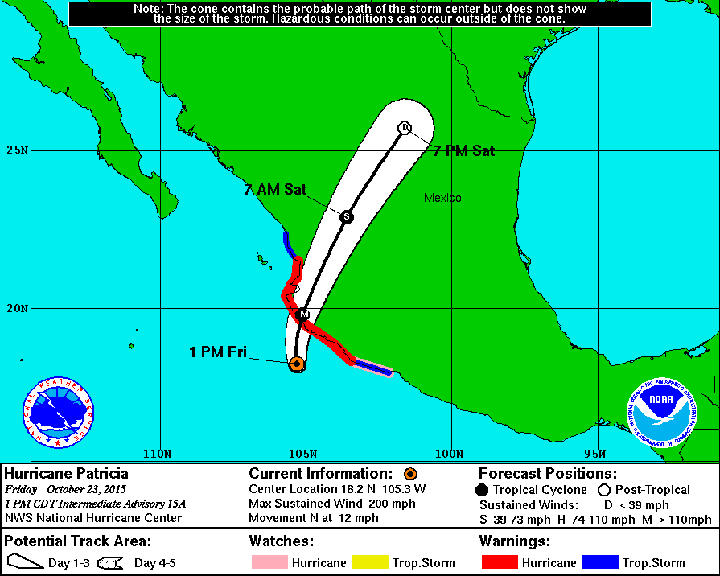
Hurricane Patricia, with incredible 200-mph (175-knot) winds, is being called the most powerful hurricane ever recorded in the National Hurricane Center’s Area of Operation. And the NHC covers the Atlantic Ocean, the Caribbean Sea, and the Eastern Pacific. Patricia is generating waves estimated to be 39 feet tall.
After exploding 85 knots in just 24 hours to her current 175 knots, Patricia is expected to begin making landfall somewhere between Tenacatita Bay and Puerto Vallarta later this afternoon.
About 9 a.m. today, Patricia made a rather quick move to the northeast, which suggested her landfall might be at least 50 miles south-southeast of Puerto Vallarta. But at about 11 a.m., she jogged a little to the northwest again, which would put Puerto Vallarta directly in her sights. Puerto Vallarta getting hit by a Category 5 storm would surely result in hundreds of deaths, many from mudslides, and severe losses to boats and maritime infrastructure. One has to remember that 200-mph winds don’t pack twice the force of 100-mph winds, but four times the force!
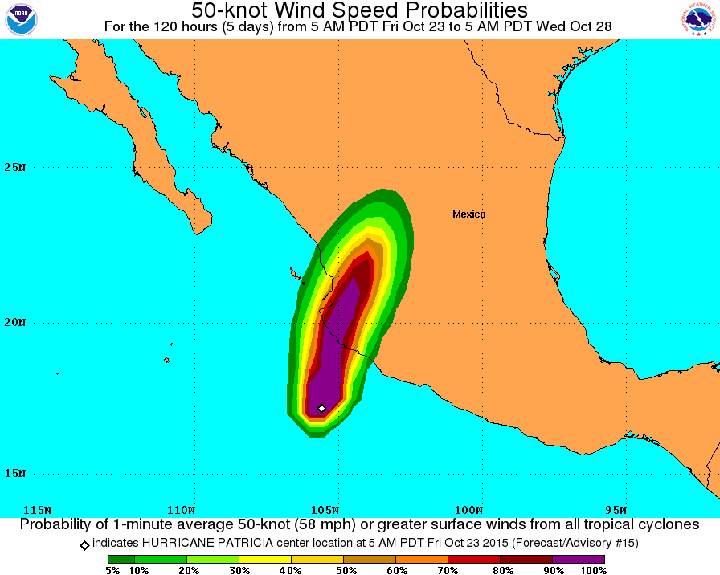
There are two bits of good news about this ferocious hurricane. The first is that forecasts call for her to move more to the east, which would have her come ashore southeast of the major population and boating center of Puerto Vallarta in what’s a relatively lightly populated area. If that happened, Patricia would have to battle the 6,000-8,000-ft-tall mountains that have historically protected Puerto Vallarta from hurricanes. Tall mountains rapidly sap the strength of hurricanes. The second bit of good news is that Patricia is not a very broad hurricane. Her maximum-force winds of 175 knots are limited to within five miles of the eye. And her hurricane-force winds, 64 knots and above, only extend 35 miles from the eye. Tropical-force winds extend for up to 175 miles, at least until Patricia makes landfall.
As for the 39-ft seas, we believe they are primarily landing south of Cabo Corrientes and Banderas Bay. We may be wrong, but we believe as long as the eye of Patricia stays to the east of Puerto Vallarta, Banderas Bay will be somewhat less affected. But again, we’re not an expert and may be wrong.
The good bits of news aside, Hurricane Patricia is an absolute monster. If you check out some videos of lesser hurricanes, you’ll get a general idea of how incredibly destructive they can be.
If you want to follow Patricia closely, we recommend going to eebmike.com, then to the Patricia Long Loop, which is in black and white. As you watch her forward motion, every bit she moves to the east is very, very good. Every bit she moves to the west is very, very bad. Also monitor the National Hurricane Center.
Our heartfelt prayers got out to everyone in the affected area.
How does Patricia affect the Baja Ha-Ha? Not at all, as it was never even a remote threat. Nor is it unusual for there to be a late-October hurricane off mainland Mexico. A late-October hurricane that affected Baja would be unusual.
Both air and water temperatures have been dropping along the Baja coast. For example, the nighttime temperature got down to the high 60s in La Paz last night. Brrrr. Cool air is not a hurricane favorite. The season appears to be rapidly changing, as it should.
Boat Domino Effect in the Eastern Med
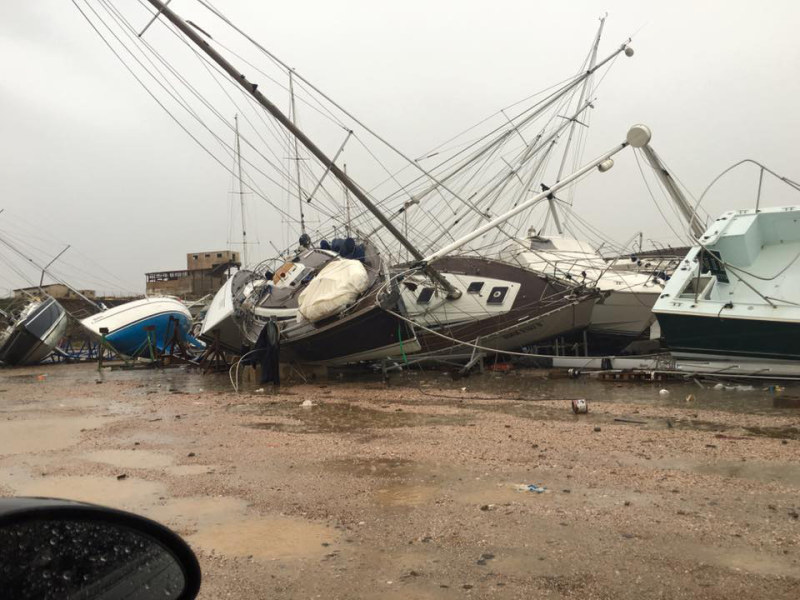
©2015Latitude 38 Media, LLC
“I don’t think Deb and I realized how lucky we were yesterday when a big blow came through Lávrion, Greece, where we have Morpheus on the hard,” writes Jim Gregory of Point Richmond. “I took these photos at the dry-storage yard a half-mile away from where Morpheus is. We fly home tonight.”
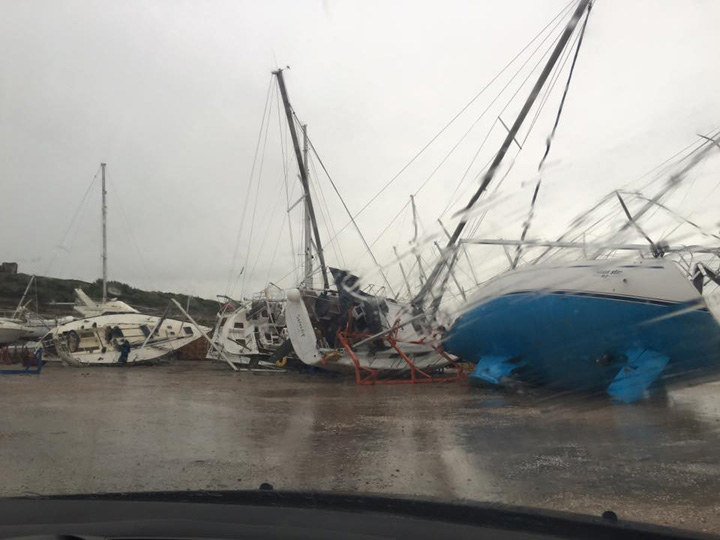
©2015Latitude 38 Media, LLC
If we’re not mistaken, this was the Gregorys’ third summer in the Med.
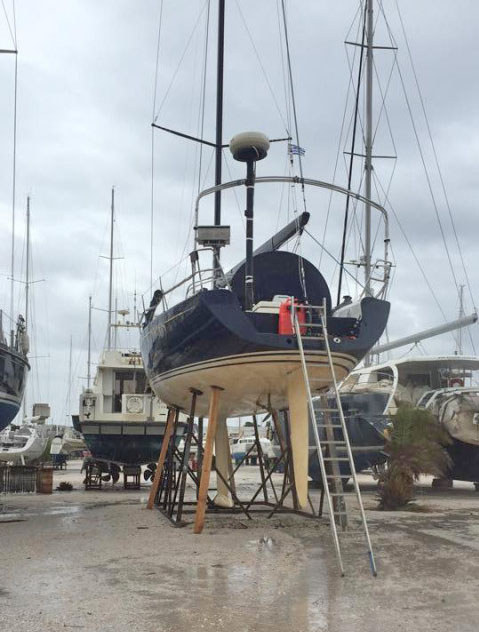
©2015Latitude 38 Media, LLC
Fuel and Oil Are Cheaper in the US
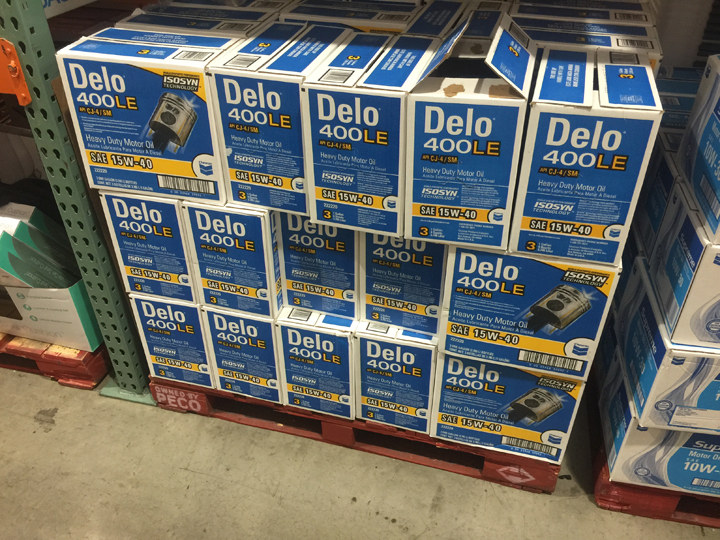
©2015Latitude 38 Media, LLC
If you’re headed to Mexico this winter, be advised that both fuel and oil are much more expensive south of the border. In fact, in some instances diesel now costs twice as much in Mexico. On the one hand, you don’t want to weigh your boat down with liquids, but at half the price, you don’t want to go south with empty tanks.
Oil is also much cheaper in the States, and particularly at Costco. We use Delo 400 15-40 in our Yanmars, and Costco was selling three gallons for $33. Once again, that’s less than half of what you sometimes have to pay in Mexico, and much less expensive than at many other retailers in the States. Not all Costco stores carry it, but the one on Friars Road in San Diego had it.
In other financial news, the exchange rate is now at 16.55 to the dollar, making Mexico an incredible bargain — for most everything but fuel and marina slips.
Transat Jacques Vabre Preview
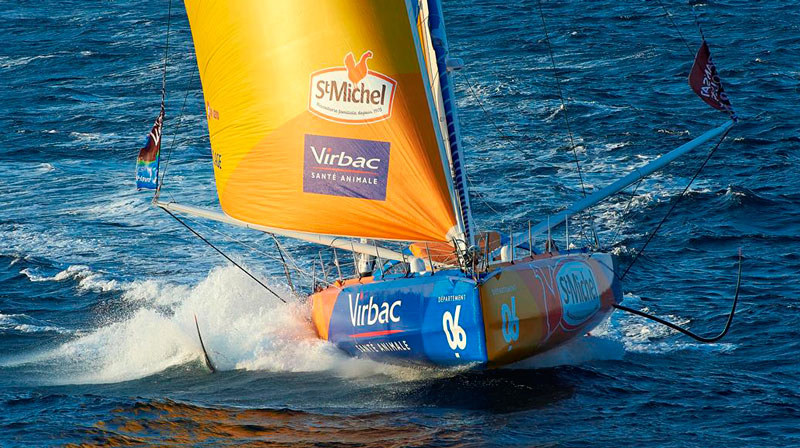
The biennial Transat Jacques Vabre — one of the most prestigious shorthanded ocean races in the world — will begin its 12th edition on Saturday in Le Havre, France, bound for Itajaí, Brazil. Dealing with big tides in the English Channel at the start, oftentimes gnarly weather in the Bay of Biscay shortly thereafter, and the challenges inherent in crossing the equator, this 5,400-mile marathon is one of the most challenging doublehanded races on the calendar. A healthy fleet of 42 boats in four divisions, bolstered by a record-breaking fleet of 20 IMOCA 60s, will accept the challenge of sponsor and coffee producer Jacques Vabre in sailing across the Atlantic to re-trace the coffee trade routes that have connected France and South America for centuries.
Several groundbreaking new designs are making their ocean racing debuts, most notably in the IMOCA division. Pitting five new ‘foiling’ 60-ft monohulls against their non-foiling predecessors, this is the first time that the new boats will compete against the old boats on a course that can offer definitive evidence of the gains that have been made by using foils on a monohull. While the new boats may be much quicker on a reach and when the breeze is up, the top-tier previous-generation boats will likely hold an advantage in light-air, upwind and VMG-running conditions and can’t be discounted.
In addition to the headline-grabbing IMOCAs comes the long-awaited debut of Vendée Globe winner Francois Gabart and sponsor MACIF’s new foiling solo maxi-trimaran. As in the IMOCA fleet, Gabart’s new VPLP maxi-tri is the first of a new generation of boats designed from the ground up to foil. To claim victory in the TJV, Gabart will have his hands full with Thomas Coville’s rebuilt Sodebo Ultime and the recently rebranded Irens maxi-tri Actual. The shortest, oldest and ‘slowest’ boat in the race is Lionel Lemonchois’ über-turboed ORMA 60 that now measures 80 feet and is a weapon in light air.
The Class 40 division is smaller than usual with just 14 entries, though with arguably greater parity than in years past, while the Multi 50 fleet returns with just four boats entered, but all of the heavy hitters present.
Follow along on the tracker, skipper a boat in the Virtual Regatta, and stay hip to all of the news.
